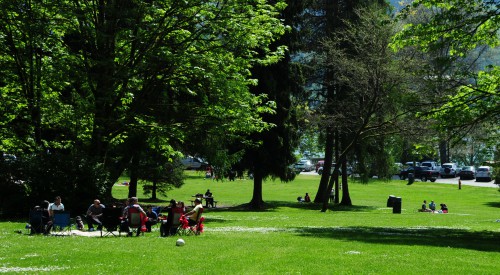Managing invasive plants on your property
Our Invasive Plant Management Strategy explores preliminary options to help manage and control high risk invasive plants on private properties, but even without these protections, we can all still do our part to control the spread of invasive species:
- Spread the word to stop the spread — Active outreach and education among peer groups, garden clubs, and neighbourhood associations can help prevent the introduction of unwanted invasive species
- Know your landscape sources — Invasive plants can be introduced during garden installation and renovation or contaminated soils, fill and seed mixture
- Watch your neighbourhood — Early detection is key in successful treatment of invasive plants
- Stop dumping — Illegal dumping of yards trimmings and green waste can establish invasive plants along park edges and greenways. Responsible disposal of plant material is key to controlling the spread of invasive plants
- Handle with care — Identify the most appropriate treatment techniques. The responsible use of chemical herbicides is of critical importance given the sensitive ecology within the District.
Learn more about our Invasive Plant Management Strategy
Safely disposing of invasive plants
Invasive species — with the exception of Giant Hogweed — can be combined with the rest of your yard trimmings and put out in your regular curbside organics collection. Please double bag any Giant Hogweed and throw it in your garbage.
Learn more about disposing of your yard trimmings and other organics
Get more help managing invasive plants on your property
There are a number of ways that you can help stop the spread of knotweed and other invasive plants in the District:
- Get tips from the Invasive Species Council of Metro Vancouver
- Get tips from the Invasive Species Council of British Columbia
The twelve "most wanted" invasive plants in the District
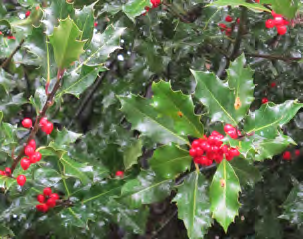 |
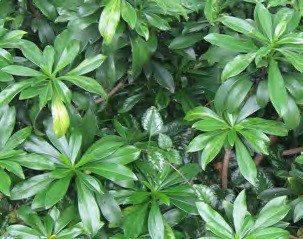 |
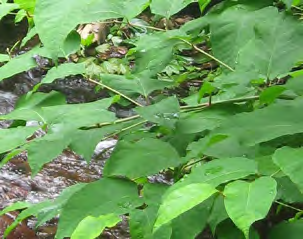 |
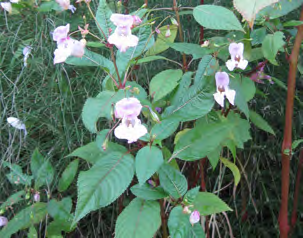 |
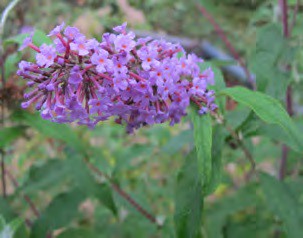 |
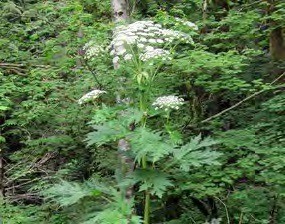 |
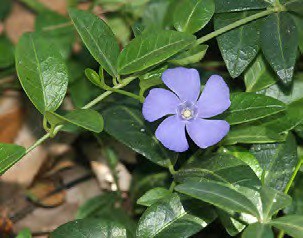 |
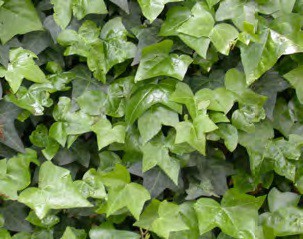 |
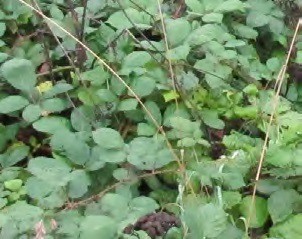 |
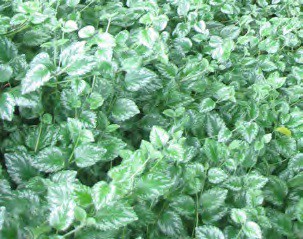 |
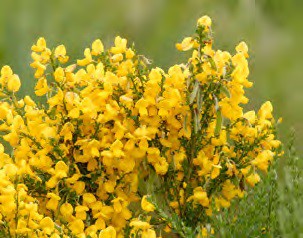 |
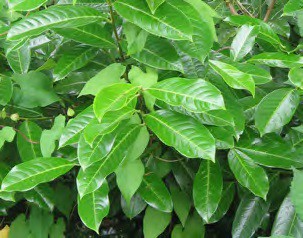 |
